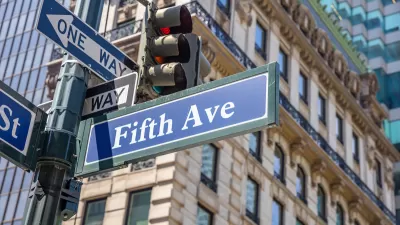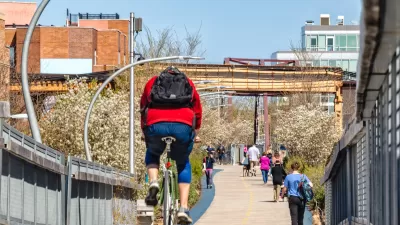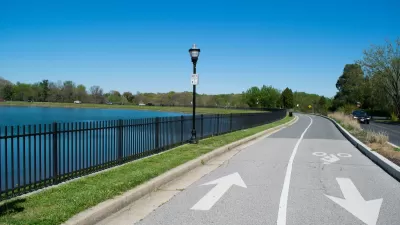Many of Europe’s pedestrian-friendly, transit-rich cities weren’t always that way.

It’s no news to urbanists that many European cities—for a wealth of reasons including history, geography, and politics—are more walkable, bike-friendly, and less car-focused than their American counterparts. In a conversation with Strong Towns described by Seairra Jones, travel host and guidebook author Rick Steves outlines how cities can achieve safe, pedestrian-oriented urban spaces.
“Our conversation ranged from the importance of populated downtowns, to the social and economic benefits of shared spaces, to how every great place has hidden heroes who helped make it that way,” Jones writes. Steves praises the robust bike infrastructure of places like Copenhagen, where ample secure bike parking makes it easy for residents to get around the city core without cars. When it comes to the lack of reliable train service in the United States, Stevens points out that “I think we have the infrastructure, but the priority for the infrastructure is not people, it's cargo.”
Moreover, while many of Europe’s most famous walkable streets and cities seem like historical artifacts, some are actually recent transformations. Through the efforts or advocates, “now, the roads are thinner, the sidewalks are wider. And the roads are used by local residents and service vehicles and police and public transit.” Steves adds, “I live in a beautiful community, and it's so clear to me that beautiful communities don't just happen. They happen because of quiet heroism of local citizens who get involved, sit in meetings, stick at something they're passionate about, and make a difference in a grassroots kind of way.”
FULL STORY: Rick Steves: What Americans Can Learn From Europe’s People-Friendly Places

Planetizen Federal Action Tracker
A weekly monitor of how Trump’s orders and actions are impacting planners and planning in America.

Congressman Proposes Bill to Rename DC Metro “Trump Train”
The Make Autorail Great Again Act would withhold federal funding to the system until the Washington Metropolitan Area Transit Authority (WMATA), rebrands as the Washington Metropolitan Authority for Greater Access (WMAGA).

The Simple Legislative Tool Transforming Vacant Downtowns
In California, Michigan and Georgia, an easy win is bringing dollars — and delight — back to city centers.

The Small South Asian Republic Going all in on EVs
Thanks to one simple policy change less than five years ago, 65% of new cars in this Himalayan country are now electric.

DC Backpedals on Bike Lane Protection, Swaps Barriers for Paint
Citing aesthetic concerns, the city is removing the concrete barriers and flexposts that once separated Arizona Avenue cyclists from motor vehicles.

In These Cities, Most New Housing is Under 441 Square Feet
With loosened restrictions on “micro-housing,” tiny units now make up as much as 66% of newly constructed housing.
Urban Design for Planners 1: Software Tools
This six-course series explores essential urban design concepts using open source software and equips planners with the tools they need to participate fully in the urban design process.
Planning for Universal Design
Learn the tools for implementing Universal Design in planning regulations.
Smith Gee Studio
City of Charlotte
City of Camden Redevelopment Agency
City of Astoria
Transportation Research & Education Center (TREC) at Portland State University
US High Speed Rail Association
City of Camden Redevelopment Agency
Municipality of Princeton (NJ)





























